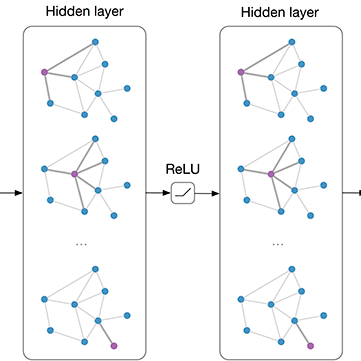Target-oriented opinion words extraction (TOWE) (Fan et al., 2019b) is a new subtask of target-oriented sentiment analysis that aims to extract opinion words for a given aspect in text. Current state-of-the-art methods leverage position embeddings to capture the relative position of a word to the target. However, the performance of these methods depends on the ability to incorporate this information into word representations. In this paper, we explore a variety of text encoders based on pretrained word embeddings or language models that leverage part-of-speech and position embeddings, aiming to examine the actual contribution of each component in TOWE. We also adapt a graph convolutional network (GCN) to enhance word representations by incorporating syntactic information. Our experimental results demonstrate that BiLSTM-based models can effectively encode position information into word representations while using a GCN only achieves marginal gains. Interestingly, our simple methods outperform several state-of-the-art complex neural structures.
翻译:面向目标的见解语言提取(TOWE)(Fan等人,2019b)是针对目标的情绪分析的一个新的子任务,旨在为文本中某一方面提取意见文字。目前最先进的方法利用嵌入位置定位来捕捉一个字与目标相对的位置。然而,这些方法的性能取决于将这些信息纳入文字表达方式的能力。在本文中,我们探索了各种基于预先培训的词嵌入或语言模型的文字编码器,这些语言嵌入部分的语音和位置嵌入方式,目的是研究每个组成部分在文字表达方式中的实际贡献。我们还调整了一个图形革命网络(GCN),以通过整合信息来增强文字表达方式。我们的实验结果表明,BILSTM模型可以有效地将信息输入到文字表达方式中,而同时使用GCN只能取得边际的收益。有趣的是,我们简单的方法超越了几个最先进的复杂神经结构。




